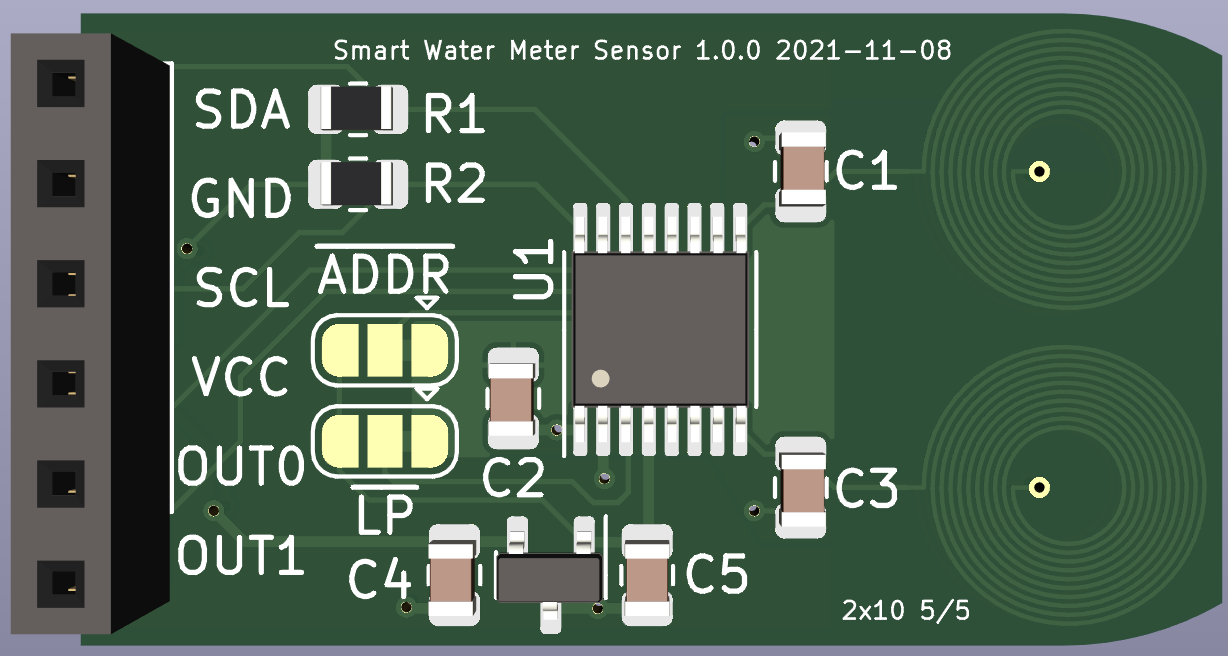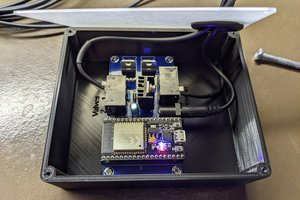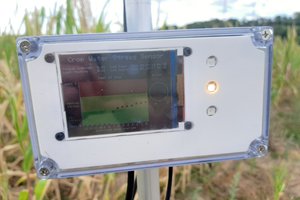- Can run for 6 months on 2x AAA batteries
- Zigbee 3.0
- Zigbee2mqtt device support file provided
- Works with Home Assistant (via zigbee2mqtt)
- Holder for Elster V200 meter, contact me if you want your meter to be supported as well
Hacking Water Meter
Turn Elster V200 meter into a smart water meter
 Alexander Dvorkovyy
Alexander Dvorkovyy




 Ben Brooks
Ben Brooks
 Reinier van der Lee
Reinier van der Lee

 Florian Ellsäßer
Florian Ellsäßer
unable to detect i2c .. do i need connect solder Jumper?